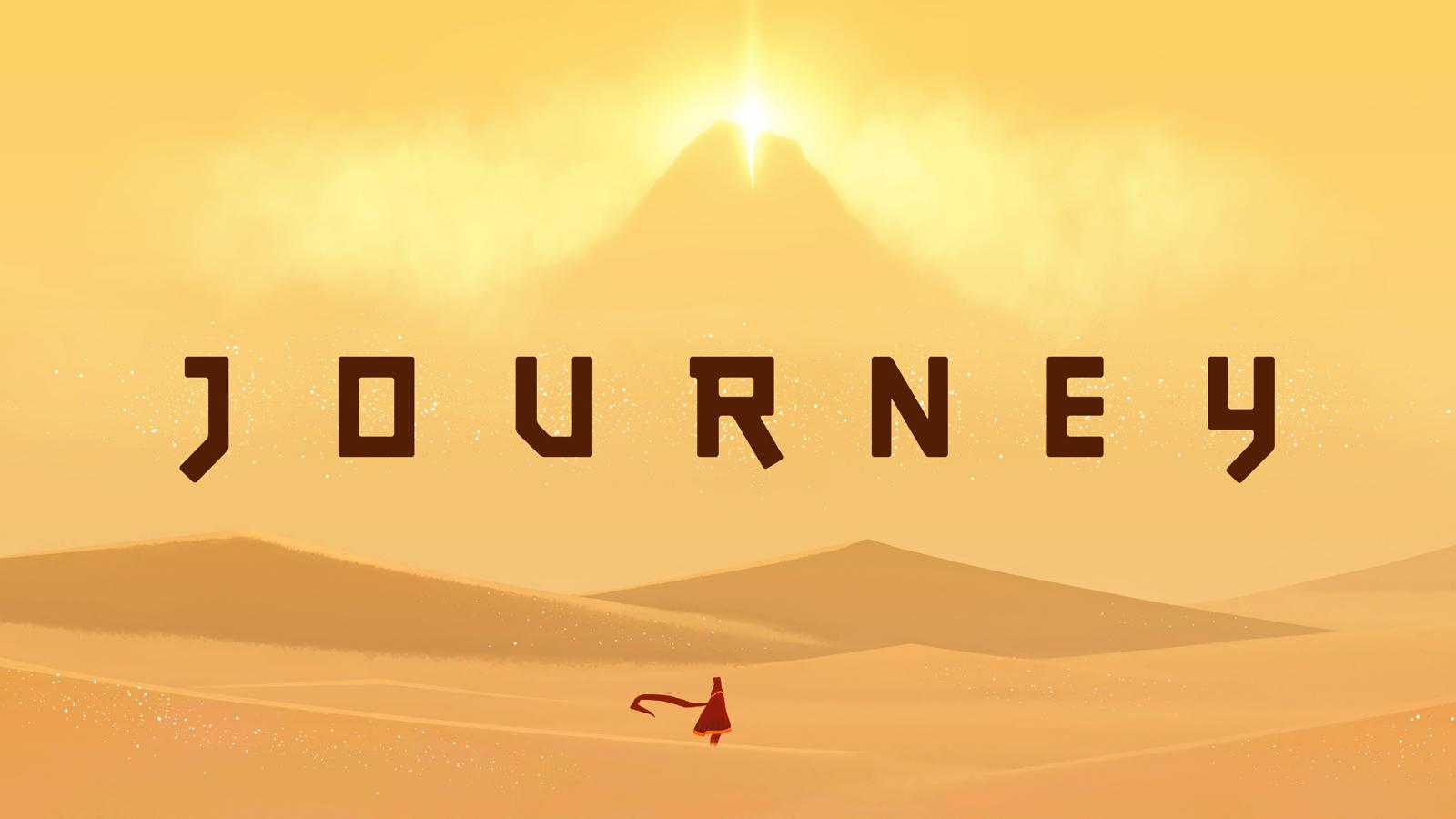My first step into walking sims was Journey, an indie adventure by Jenova Chen, developed by thatgamecompany, available on Steam and PlayStation. With stunning graphics and evoking soundtracks, Journey uses simple to emphasize the world building and emotions. Because it’s an aesthetic walking sim, women, casual gamers, or those wanting a break from action-packed games are likely more attracted to Journey. In Journey, walking conveys the narrative primarily through environmental and visual elements, rather than dialogue and exposition.
As the player controls the robed figure, walking (and flying) allows for the exploration of not only stunning landscapes, but of a world we’re unfamiliar with. Each step is a way to uncover the history and secrets of this world. From the ruined buildings to the glyphs and murals, I observed a collapsed civilization and fallen spirits, as I navigated puzzles, collecting additional scarves, to learn more about the past. It was the fun of discovery and challenge. Accompanied by the beautiful soundtracks, the designers also created an atmosphere to evoke sensation. Furthermore, the designers balanced the sense of autonomy from the lack of verbal instruction and instead, placed objects through the environment to guide the players. There was a moment in game that I felt there was too much autonomy in the game, however. Without realizing, I had turned back mid-level and ended up walking right back to the starting point. This disconnected me from the magic circle as I was frustrated to have lost all my progress. As a designer, I would guide the player using subtle cues like a shifting camera angle to lead them back on track, in order to maintain the magic circle and wonder that comes with the immersive experience.
Moreover, the pace and nature of walking contribute to the emotional experience in the game. Slow movements in the vast desert can make the player feel insignificant, while energetic spirits in the form of flying kites provide a sense of awe and childish glee. The unsteady march up a snowy mountain, where giant metal monsters fly above, constructs the struggles and failures essential to a narrative. I was surprised that in a game where I couldn’t die or fight, I still felt the adrenaline as I ducked, hid, and snuck around the creaking, metal dragons. This tapped into my psychological needs of achievement, especially as I rushed into safety and watched the dragons smack into a golden barrier.
Since there is no spoken dialogue, walking alongside another player creates a form of non-verbal communication. Players can signal to each other or perform synchronized actions, building a bond and a shared narrative without words. This is especially true in more difficult levels where it can feel isolating otherwise. On the snowy mountain, I felt a true connection with the player marching besides me, as we hid from crashing wind and crept on. When they got blasted upwards by a metal dragon because I decided to leave shelter too early, I felt the guilt of responsibility and despair from the loneliness. By pairing players together based on proximity and creating the fictional identity of a red-hooded wanderer to emphasize similarity, the designers effectively tapped into the feeling of connection and relatedness, while avoiding the potential harms of verbal communication. What’s more, by seamlessly switching players in and out of co-op rooms, the designers created a story of companionship without friction. I thought I was co-oping with max three people at different times, but the end credits told me I played with five others!
In short, Journey uses walking to tell multiple stories in parallel. It takes the player through a hero’s journey in the short span of two hours, through triumphs and failures. Through simple mechanics, the players walk through a story of a ruined civilization, a story through deserts and caves and mountains, and a story of companionship.




